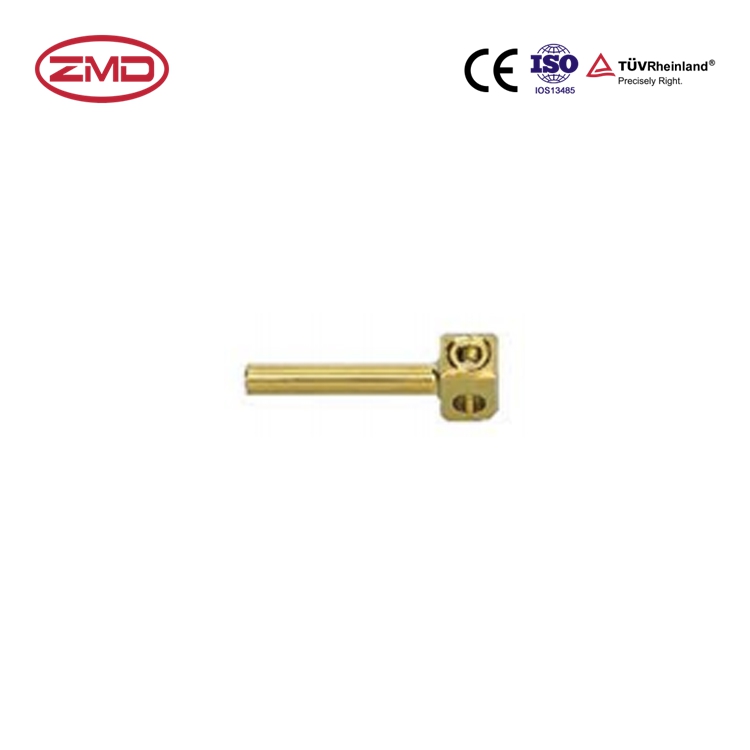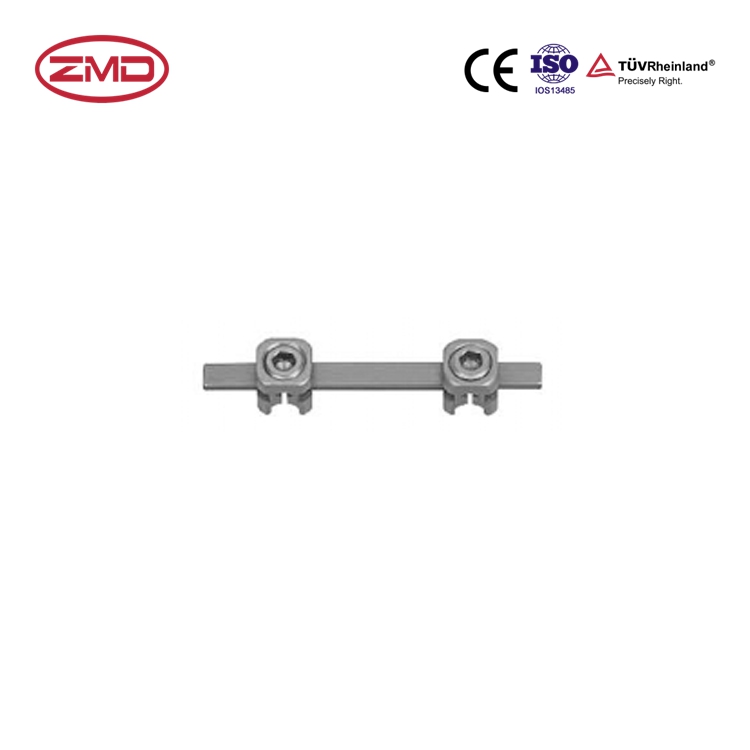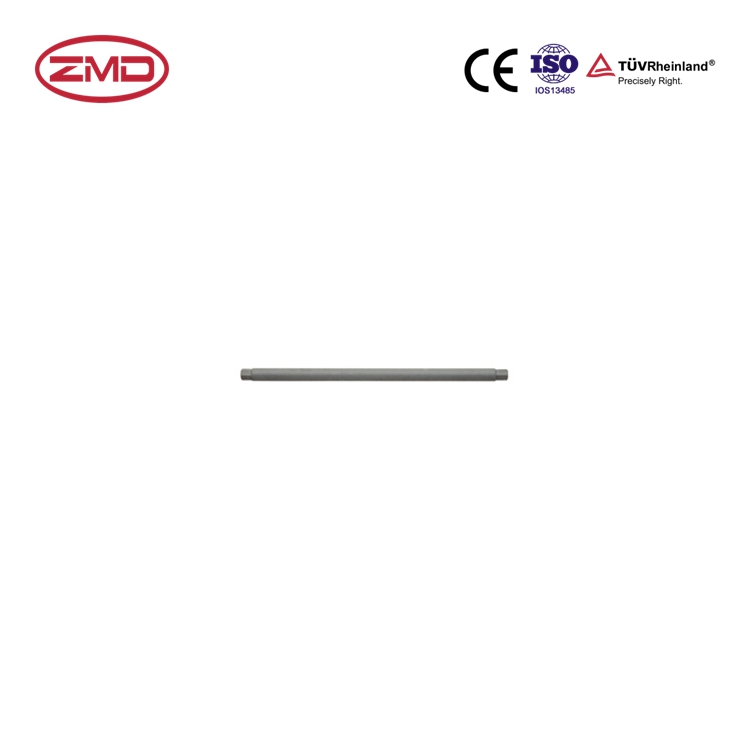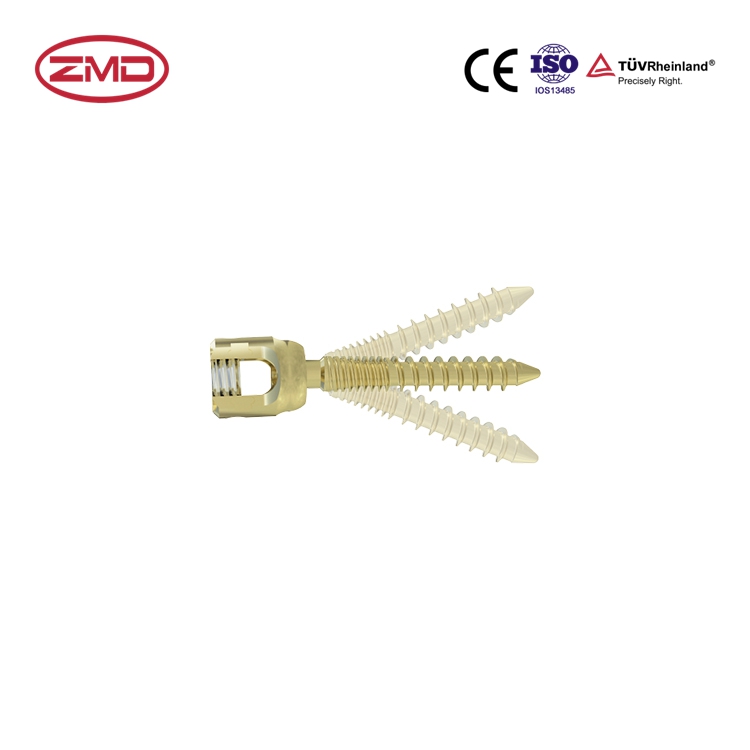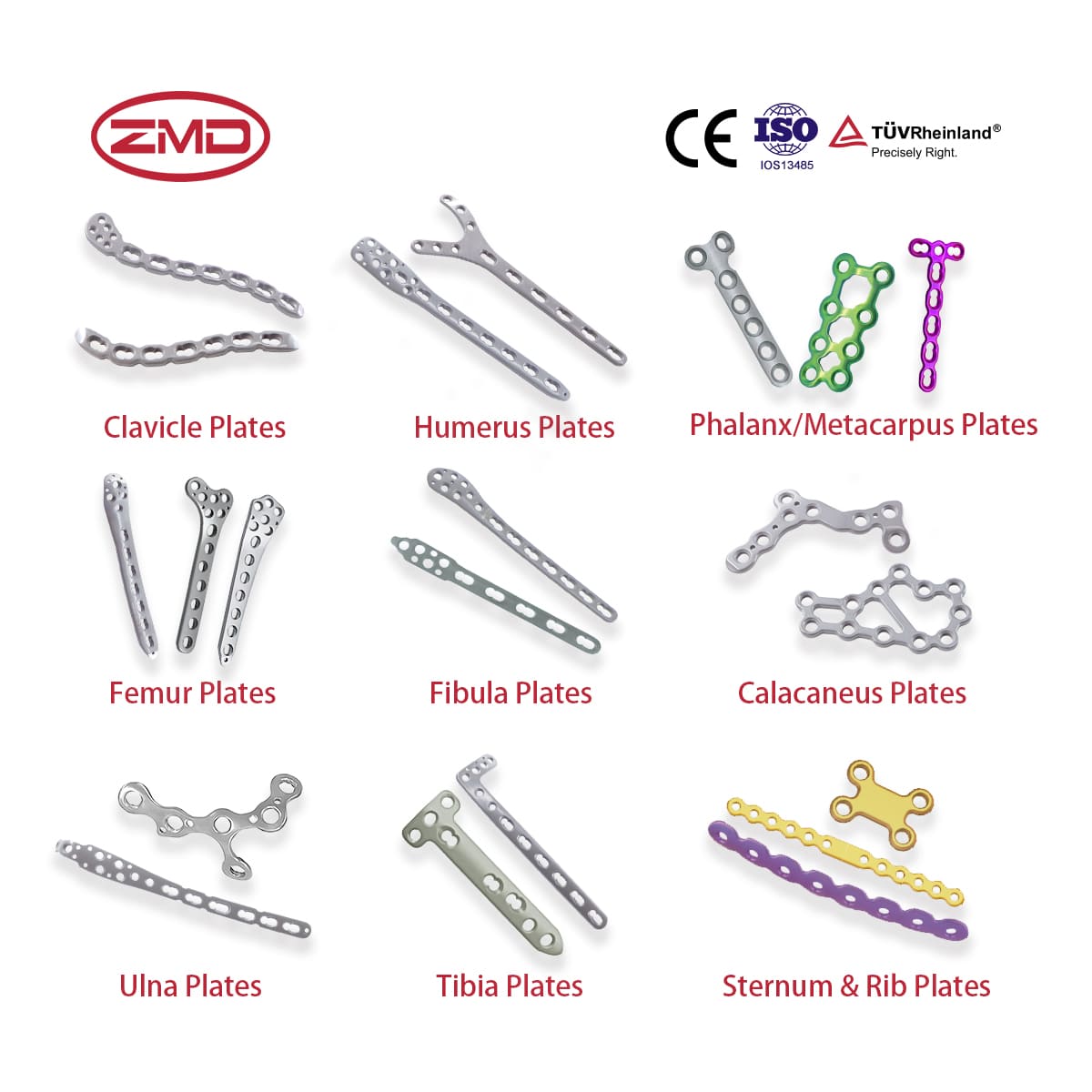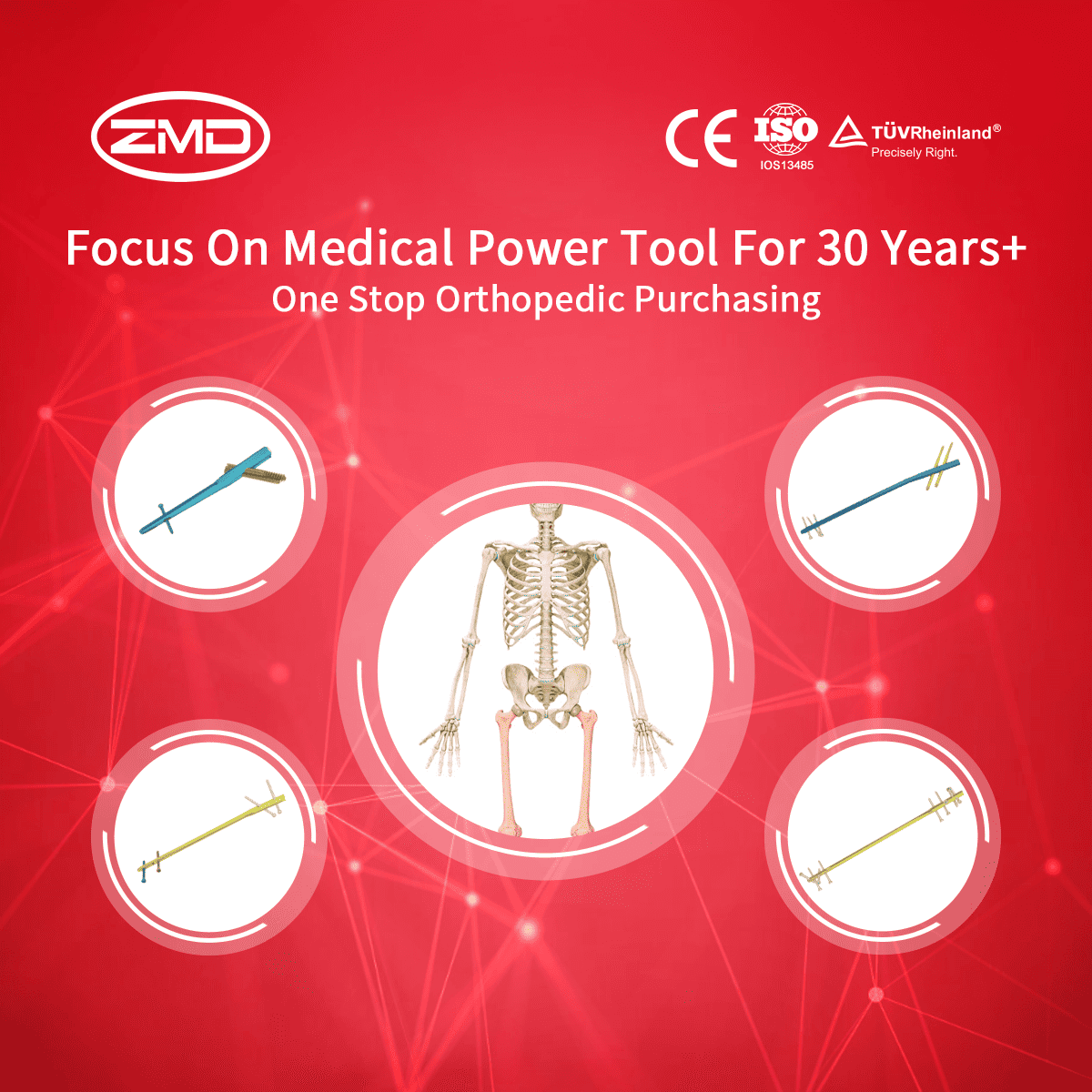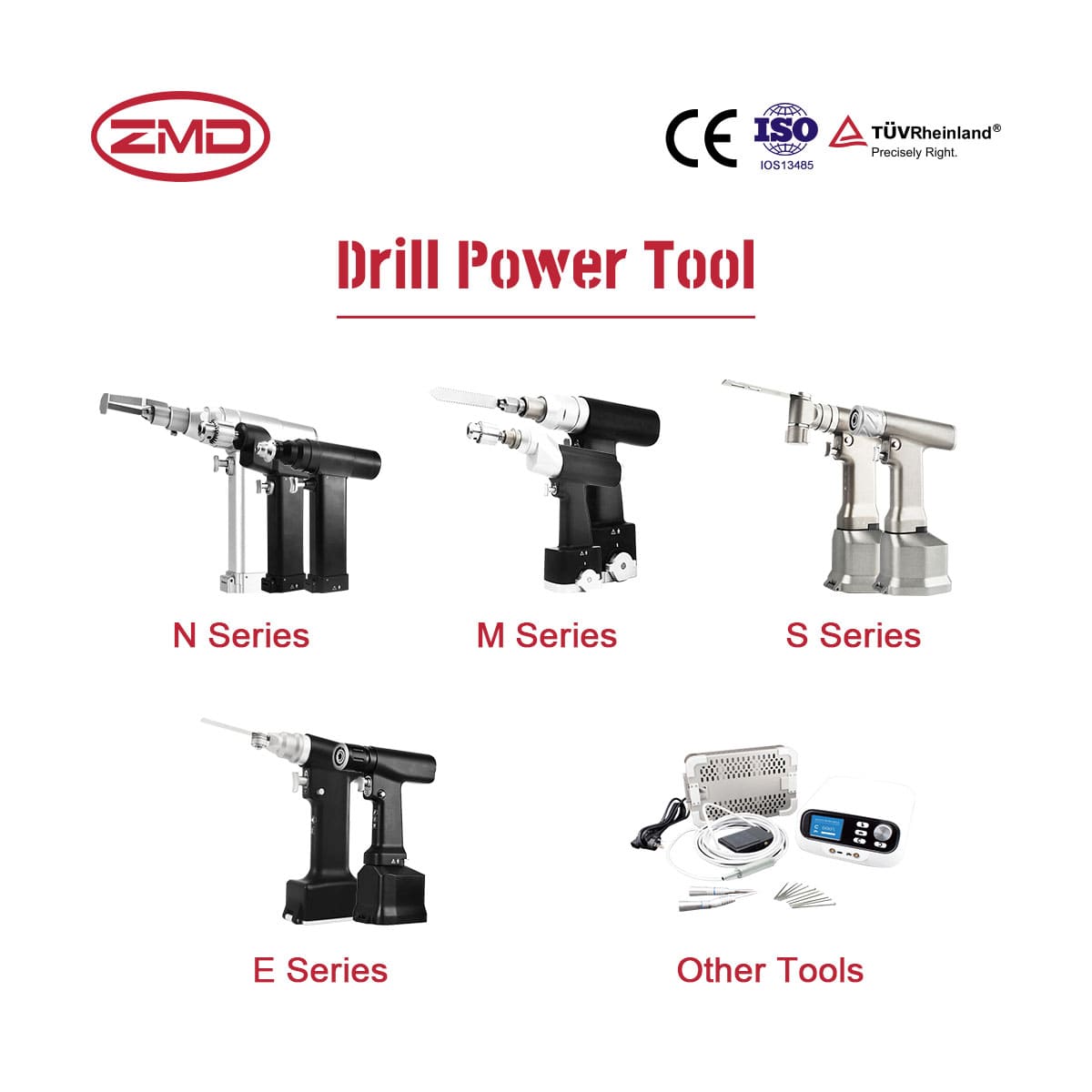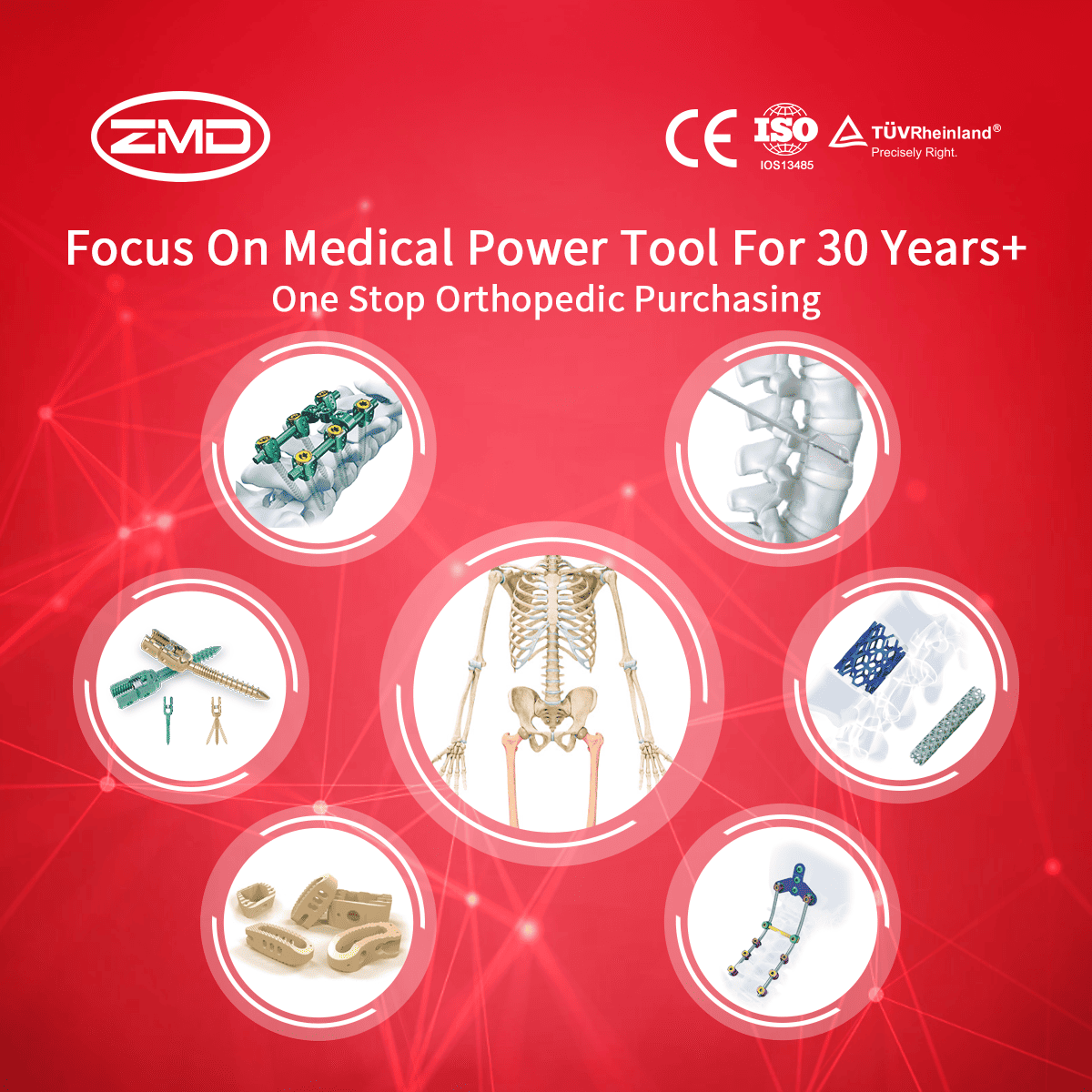Minimally Invasive USS System
ZMD
Orthopedic Products
Haven't been able to locate the product you're searching for yet?
If you're interested in more orthopaedic implant products, feel free to get in touch with our ZMD consultants.
What is the Minimally Invasive USS System?
The Minimally Invasive USS (Upright Spinal System) has emerged as a game-changing solution in the domain of spinal condition management. It represents a significant departure from traditional, more invasive surgical methods, carving a new path that centers on enhancing patient well-being and expediting the recovery journey.
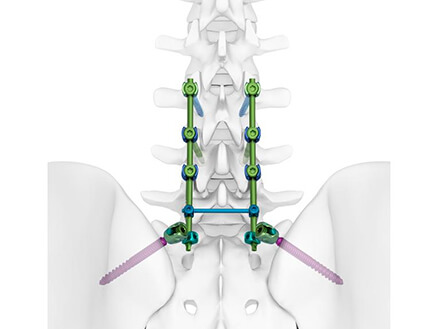
Key features of the Minimally Invasive USS System:
Smaller Incisions
Advanced Instrumentation
Comprehensive Implants
Benefits of the Minimally Invasive USS System
- Reduced Patient Pain: The smaller incisions and minimized tissue disruption are directly correlated with a more comfortable recovery for patients. With less muscle and soft tissue damage, there’s a significant reduction in the intensity of post-operative pain. Patients often require fewer pain medications, which not only lessens potential side effects but also makes the recovery period more bearable, allowing them to engage more actively in their rehabilitation and daily activities.
- Faster Recovery Times: Thanks to the minimally invasive nature of the surgery, patients can bounce back much sooner. Shorter hospital stays are common, as the body heals more rapidly without the burden of extensive tissue repair. Once discharged, they can quickly return to their daily routines, be it going back to work, taking care of their families, or engaging in light exercise, all within a timeframe that’s far more compressed compared to traditional spinal surgery patients.
- Improved Long-Term Outcomes: Over the long haul, the minimally invasive approach pays dividends. By enabling a faster return to function, patients can maintain their physical capabilities and independence better. Their quality of life improves as they’re able to move freely, participate in hobbies and social activities, and carry out essential tasks without the lingering limitations or pain that might be associated with a slower, more invasive recovery process. This leads to a more fulfilling and active lifestyle, enhancing their overall well-being and spinal health in the long term
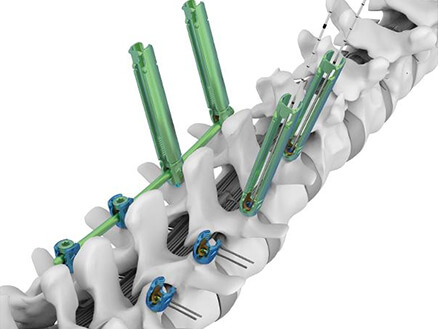
How Does a Minimally Invasive USS System Work?
The Minimally Invasive USS (Upright Sp spinal System) is an ingeniously engineered and highly specialized surgical instrument that has redefined the approach to spinal care. Its core design objective is to address the crucial tasks of stabilizing and aligning the spine, all while causing the least possible harm to the adjacent soft tissues.
Here’s a simplified breakdown of its working mechanism:
Small Incisions
Instrument Insertion
Rod Placement
Implant Attachment
Fusion
Blog
International Women’s Day: Salute to the “She – Power” at ZMD
International Women’s Day: Salute to the “She – Power” at ZMD Amid the trends of “Intelligent Medical Devices” and “Minimally Invasive Medical Technologies”, ZMD thrives
Discover Innovation with Sunan Medical at AAOS
Discover Innovation with Sunan Medical at AAOS The American Academy of Orthopaedic Surgeons (AAOS) Annual Meeting is the premier event for orthopedic professionals worldwide, offering
Visit Us at Expomed Eurasia 2025: Discover Sunan Medical’s Innovations
Visit Us at Expomed Eurasia 2025: Discover Sunan Medical’s Innovations The 32nd Expomed Eurasia, taking place from April 24-26, 2025, at the Tüyap Exhibition and





